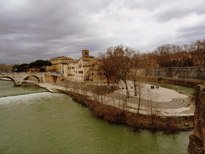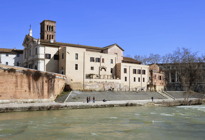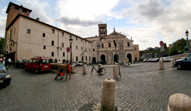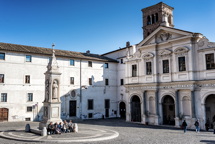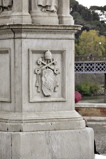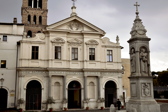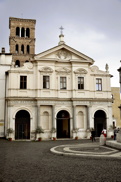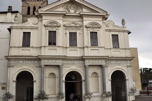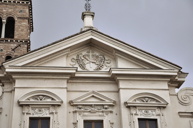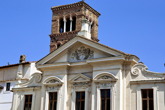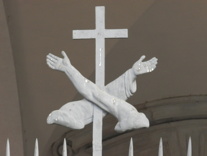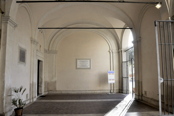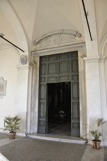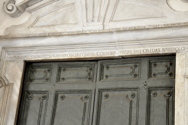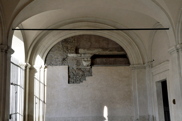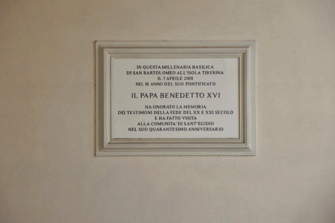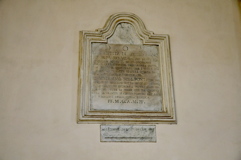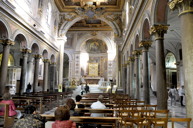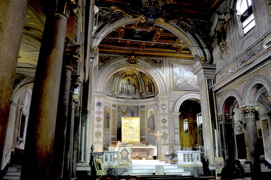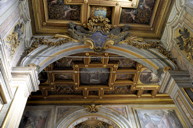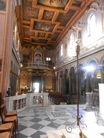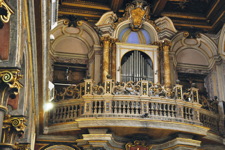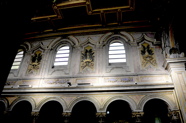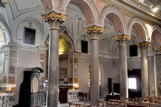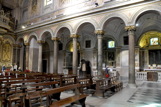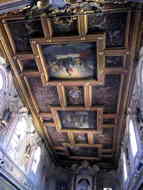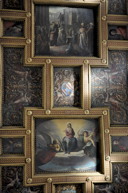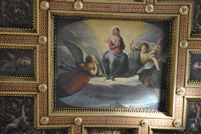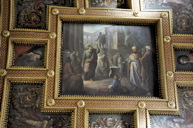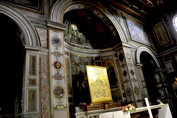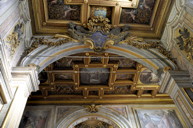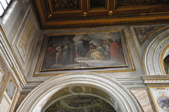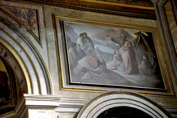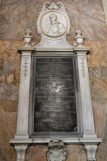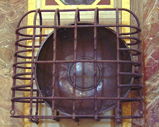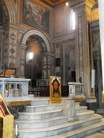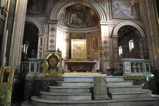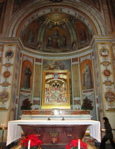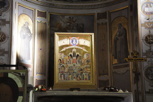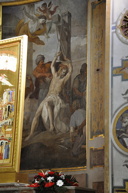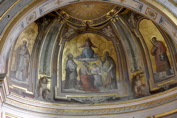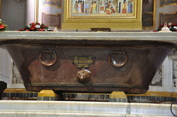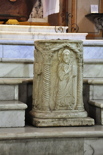San Bartolomeo all'Isola is a late 10th century titular church and minor basilica located on the Tiber Island. The dedication is to St Bartholomew, apostle and martyr. The church is in the charge of the Franciscan Friars Minor, helped by the Community of Sant'Egidio.
For reference, a plan of the church is available
here.
HISTORY
In Roman times the island was dedicated to Asculapius, the Greek god of medicine. The temple and its precinct was rebuilt in the 1st century AD. The church was not of ancient origin, but was begun in the year 998 on the orders of Otto III, Holy Roman Emperor. It seems that it was fitted exactly onto the location of the old temple.
The church has had repeated problems with flooding by the river. As a result, it has needed several restorations. The first major restoration, or possibly completely rebuild, was recorded in 1113 by Pope Paschal II, according to the inscription above the entrance. Pope Martin IV ordered another restoration, which was completed in 1284. Then there was a restoration in 1583 ordered by Pope Gregory XIII.
In 1601 the former sacristy, to the left of the apse, was converted into a chapel for the Confraternity of Millers which operated several water-mills on the river nearby. In 1608, Cardinal Michelangelo Tonti gave Antonio Marziale Carracci the commission to decorate the side chapels. He managed four of them during his work until 1621, although many of the resulting frescoes have since been badly damaged. They are arguably the only important post-mediaeval works of art in the church.
The church was heavily restored in a major project ordered by Pope Urban VIII in 1624. The architect was Martino Longhi the Younger. The church was maltreated by the French occupiers of the city under Napoleon, and was restored as a result of damage to the sanctuary in 1801. Pope Pius IX ordered another restoration in 1868, which also mostly involved the sanctuary. A new main altar was provided, and frescoes painted. A plaque on the left side commemorates this restoration.
In 1994 the complex was entrusted to the use of the Community of Sant'Egidio. In 1999, in preparation for the Great Jubilee of 2000, St. John Paul II instituted a "Commission of the New Martyrs" to investigate the Christian martyrdom of the twentieth century. The great icon dedicated to the Twentieth century Martyrs was placed on the high altar and the six nave chapels were each given the theme of a geographical area of persecution: those killed in Latin America, Asia and Oceania, in Spain and Mexico, and in Africa.
